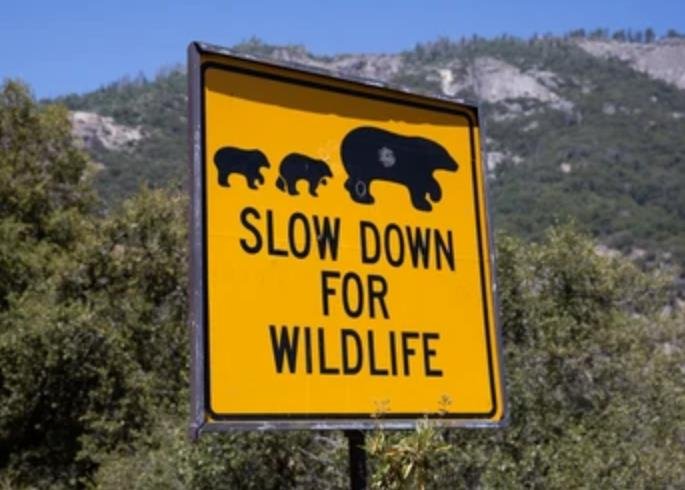A new study published in Nature has revealed the importance of protected lands in preserving biodiversity, especially for vertebrates like amphibians, reptiles, mammals, and birds. The researchers found that wildlife populations declined five times more slowly in conservation areas than in unprotected areas.
The study involved data from more than 1,000 species from every continent except Antarctica. The authors examined how 2,239 vertebrate populations fared over time, both inside and outside protected areas. They found that on average, vertebrate populations declined 0.4% per year inside protected areas—nearly five times slower than vertebrate populations outside of protected areas (1.8% per year).
The researchers attributed this difference to the reduced threats from human activities such as habitat loss, overexploitation, pollution, and invasive species in protected areas. They also noted that protected areas can help moderate the impacts of climate change and diseases on wildlife.

“Protected areas take us from a situation in which biodiversity is ebbing away to one where populations are at least close to stable,” said Luke Frishkoff, coauthor of the study and assistant professor of biology at The University of Texas at Arlington. “They buy us much-needed time to figure out how to reverse the biodiversity crisis.”
The variation among vertebrate classes
The study also found that some vertebrate classes benefited more from protected areas than others. Amphibians and birds showed the most positive effects of conservation areas, while reptiles and mammals showed less pronounced differences.
The researchers explained that amphibians are particularly sensitive to environmental changes and face severe threats from habitat loss and diseases such as the chytrid fungus outside protected areas. Birds, on the other hand, are highly mobile and can take advantage of the diverse habitats and resources available in protected areas.
Reptiles, however, were found to be especially vulnerable in areas of the world that have been most heavily impacted by climate change, regardless of whether they were on protected lands or not. Mammals, meanwhile, faced high levels of hunting and poaching pressure both inside and outside protected areas.
The challenges and limitations of protected areas
The study also highlighted the challenges and limitations of protected areas as a conservation strategy. The researchers pointed out that many protected areas are poorly managed or underfunded, and that some are even subject to illegal activities such as logging and mining.
Moreover, the researchers emphasized that protected areas alone are not enough to halt biodiversity loss. They argued that conservation efforts need to be complemented by other measures such as reducing human consumption, restoring degraded habitats, and promoting sustainable development.
The study also supported the United Nations’ “30 by 30” initiative, which aims to protect 30% of the planet’s land and sea by 2030. The researchers estimated that achieving this goal could reduce vertebrate population declines by 68%.
“Protected areas are a critical tool for conserving biodiversity, but they are not a silver bullet,” said Justin Nowakowski, lead author of the study and conservation biologist at the Smithsonian Environmental Research Center. “We need a multifaceted approach that addresses the root causes of biodiversity loss and creates a culture of stewardship for nature.”
